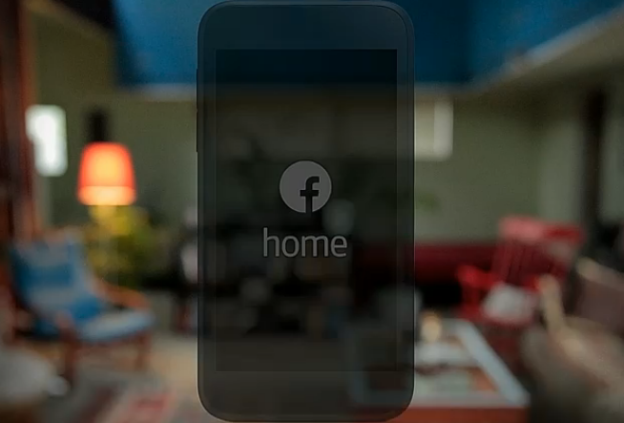
Facebook Home won’t come with ads when it launches April 12 … don’t get too comfortable though. When asked about advertising, Facebook CEO Mark Zuckerberg was quoted saying “there are no ads in this yet. I’m sure at some point there will be.”
Where exactly will Facebook Home run ads? On the Cover Feed, according to early reports. The Cover Feed, to jump start your memory, is the full blown picture and status feed that takes up the entire screen once you’ve installed Facebook Home. So if photos are a core feature on Facebook Home, you can expect that likewise full ads will probably be swipeable and take up the entire home screen. Of course there are many ways to be creative with advertising on Cover Feed, which Facebook is likely quite aware of already.
Question: “We may see ads in cover feed?” Zuckerberg: “Yup!”Sign me up!
— John Gruber (@gruber) April 4, 2013
If you’re bold enough to download Home and have Facebook run on top of your Android device 24/7, expect to have Facebook pry into your every activity on your mobile device. It sounds creepy, we know. But if you’re willing to turn your phone into a fully-optimized Facebook system, then you probably deserve the targeted ads that Facebook serves you.
Full screen ads or no, if Facebook sticks to its current design, this content could be photo-based and native to the browsing experience. The idea is to be as non-interrupting of the user as possible, although Facebook has struggled with mobile advertising in general.
There’s more reason for concern, too. News Feeds are started to feel devoted solely to Sponsored Posts, Suggested Pages, Mobile App Installs, and other types of sponsored ad units that didn’t require Facebook to drop a cookie in your browser and watch you surf the Web. These ad modules are actually independent of Facebook Exchange, which is what’s responsible for the banner ads on the right side of your Facebook profile.
But that’s about to change as for the first time Facebook Exchange ads will make it into the News Feed. And next … the Facebook Home ad units? It’s possible, dare we say likely?
Editors' Recommendations
- Disney said to have significantly downsized spending on Facebook ads
- Facebook’s fact-checkers think the platform’s political ads should be vetted
- Facebook launches interactive augmented reality ads that let you try on makeup


